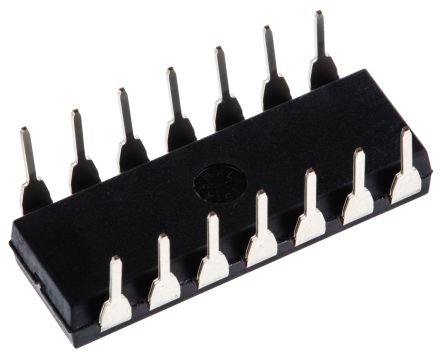- Automation & Control Gear
- Cables & Wires
- Enclosures & Server Racks
- Fuses & Circuit Breakers
- HVAC, Fans & Thermal Management
- Lighting
- Relays & Signal Conditioning
- Switches
- Batteries & Chargers
- Connectors
- Displays & Optoelectronics
- ESD Control, Cleanroom & PCB Prototyping
- Passive Components
- Power Supplies & Transformers
- Raspberry Pi, Arduino, ROCK, STEM Education & Development Tools
- Semiconductors
Analogue Multipliers and Dividers
Analogue multiplier/divider is a semiconductor device used in a circuit that takes two analogue signals and combines them into one. The output is the product of both inputs. For it to be a true analogue multiplier, the two inputs must be identical signals. If the two signals differ in voltage, the second will be scaled proportionally according to the level of the first, and this is called voltage controlled amplifier
What are analogue multipliers used for?
Analogue multipliers are used in a wide range of electronic circuits and design. Some of the most common applications are;
- Industrial control systems
- Radar
- Frequency mixers
- Signal processing
- Test and measurement
- Modulators and demodulators
- Voltage-controlled oscillators and filters
Types of analogue multiplier
The key difference between analogue multiplier is the number of quadrants used: either one, two or four. One and two-quadrant multipliers have simpler circuitry and will therefore be the default if four quadrants are not needed.
- Single quadrant multipliers are used when the signal is of only one polarity (either positive or negative).
- Two quadrant multipliers can have one signal that is unipolar and another of either polarity.
- Gilbert cells, or four-quadrant multipliers, can cancel out unwanted signals as they are double balanced
RS offer a range of high-quality components from leading brands including Analog Devices, STMicroelectronics and Texas Instruments. Our devices provide solutions for all your electronic design application and needs.

